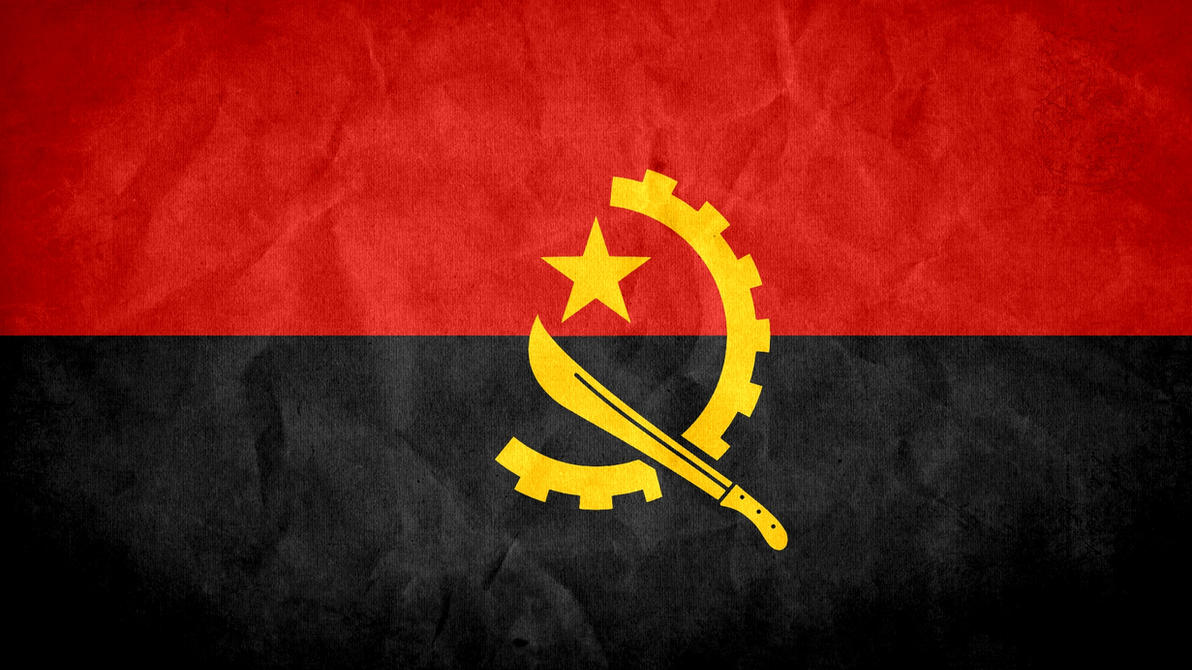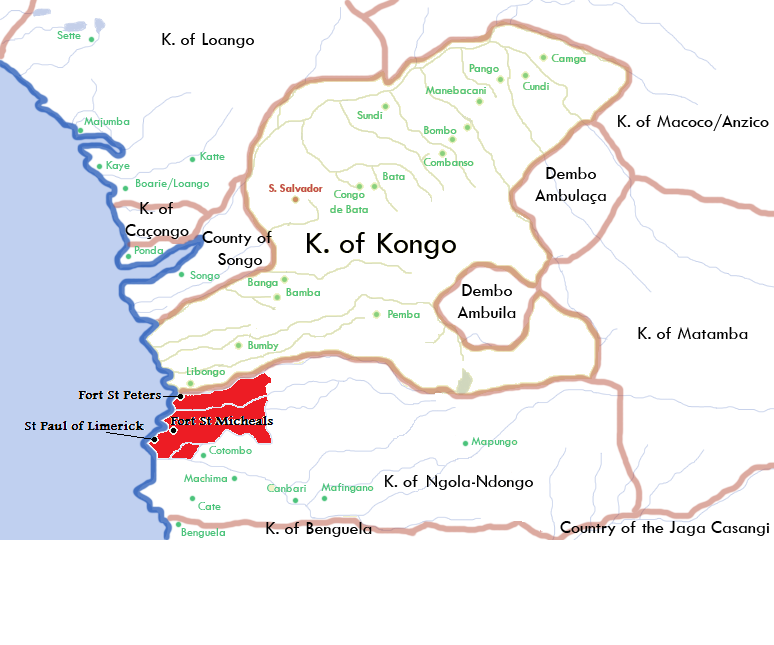1. Angola's name
When the Portuguese came to Angola, there was a kingdom called Ndongo. The king of the Ndongo kingdom was Ngola. So the Portuguese named their colony according to the Ndongo Kingdom as Reino de Angola which means the Kingdom of Angola in Portuguese. The Kingdom of Ndongo was situated in the highlands, between two rivers, Kwanza and Lukala.
Between 1975-2002 during the civil war the once fertile countryside got destroyed and left with landmines. Angola is among the top3 countries that have the most landmines on its land. It's estimated that Angola has 10-15 million landmines. More than 70,000 people have been amputated. That's more injured people due to landmines than in anywhere else. The landmines also restrict people from farming and moving to other places because there are so many landmines in the soil.
3. One of the richest sub-Saharan countries
Angola has huge deposits of oil and diamonds. Angola is the biggest crude oil exporter for China and the 7th biggest for USA. Angola has also a lot of gold, coal, iron ore, uranium and copper. The economy has grown rapidly after the end of the civil war in 2002 but the wealth is concentrated to a small minority as the majority lives in poverty in this country which is abundant of natural resources and opportunities to create a wealthy nation.
4. Fight for freedom, 1961-1974
Angola had been part of Portugal since the 1600s. Different liberation movements started to be born after the 1950s.
MPLA: result of the unification of PCA and PLUA, wanted to liberate Angola
UPA: Congolese-Angolan movement to return the Kingdom of Congo
FNLA: evolved from the UPA, wanted to liberate Angola
UNITA: resigned from FNLA, it wanted independence but it resisted the marxist movements backed by USSR and Cuba
The independence war started in 1961 when the cottonworkers went into a strike. The Portuguese army started bombing and killing people. 1962 MPLA became more clearly marxist and got the support of Cuba and USSR. 1966 became stronger and did their first guerrilla attacks. After the Portuguese Revolution in 1974 Portugal abandoned Angola.
The MPLA got in power and after the independence the long lasting civil war started nearly immediately.
5. Civil War 1974-2002, Battlefield for the Cold War
The natural resources were a big reason for the civil war. The MPLA was the party in power when Angola became independent. MPLA was supported by Cuba and USSR and their opponents, the other liberation movement FNLA was backed by USA and South Africa. This Civil War became a part of the Cold War where capitalist countries tried to defeat the communist countries by supporting the opposite sides. UNITA is also a liberation movement which was on FNLA:s side. Important dates of the Civil War:
1974 The Portuguese Revolution, all Portuguese colonies become independent
1975 MPLA holds the power, backed by USSR and Cuba
1988 Cuban and South African troops pulled out of Angola
1992 USSR gets dismantled and stops arms exports with USA to Angola
1992 Short time of peace, the battles burst again during the elections even before having any results
2002 Peace after UNITA:s Jonas Savimbi dies in a battle
Angola is famous for
Capoeira - it's said that the Angolan slaves in Brazil brought capoeira to Brazil
Diamonds
Oil
 |
| Calandula Falls |
Timeline
2000 years ago Bantu people wander from the Congo basin high lands to Angola which is populated by the Khoisan people
1490s The Portuguese sail to the area which belonged to the Kingdom of Kongo
1641-1648 The Dutch occupy Angola during the Portuguese Restoration War
1671 The Kingdom of Ndongo is finally defeated
1800s Slavery is abolished after 300 years
1900s Portugal had gained control over the whole country
1940s WWII 500,000 white europeans to Angola
1961 Armed fight for freedom led by the left-wing MPLA
1974 Portuguese Revolution, abandons all its colonies
1975 Angola declares independence, civil war begins
1991 Peace agreement but after the elections the civil war breaks out again
1994 New peace agreement
1998 Fights start again
2002 Civil war end when UNITA:s Jonas Savimbi dies in a battle
Sources:
http://en.wikipedia.org/wiki/Angola
Maailman liput maat ja historia - Kimmo Kiljunen






.jpg)
No comments:
Post a Comment